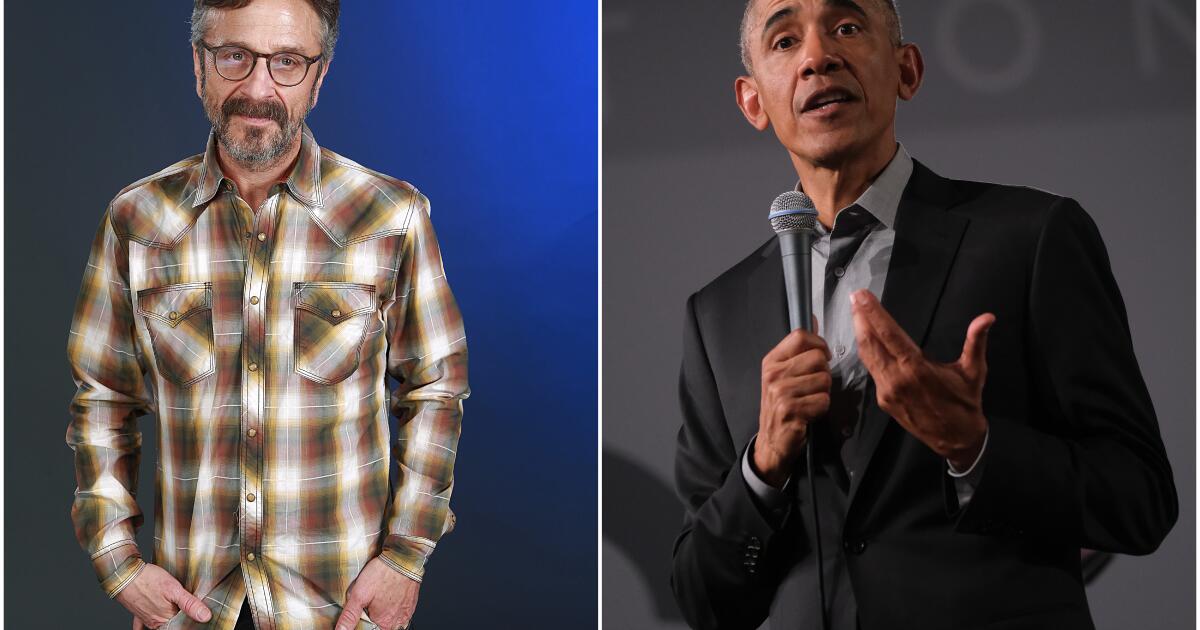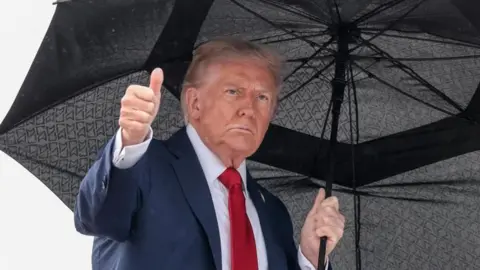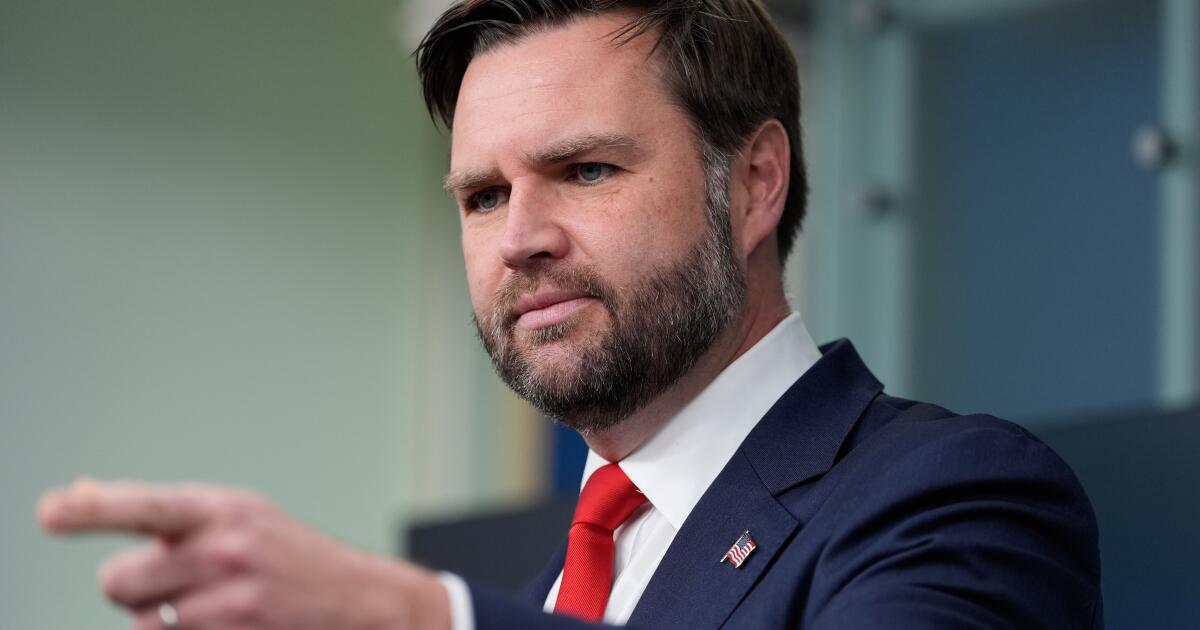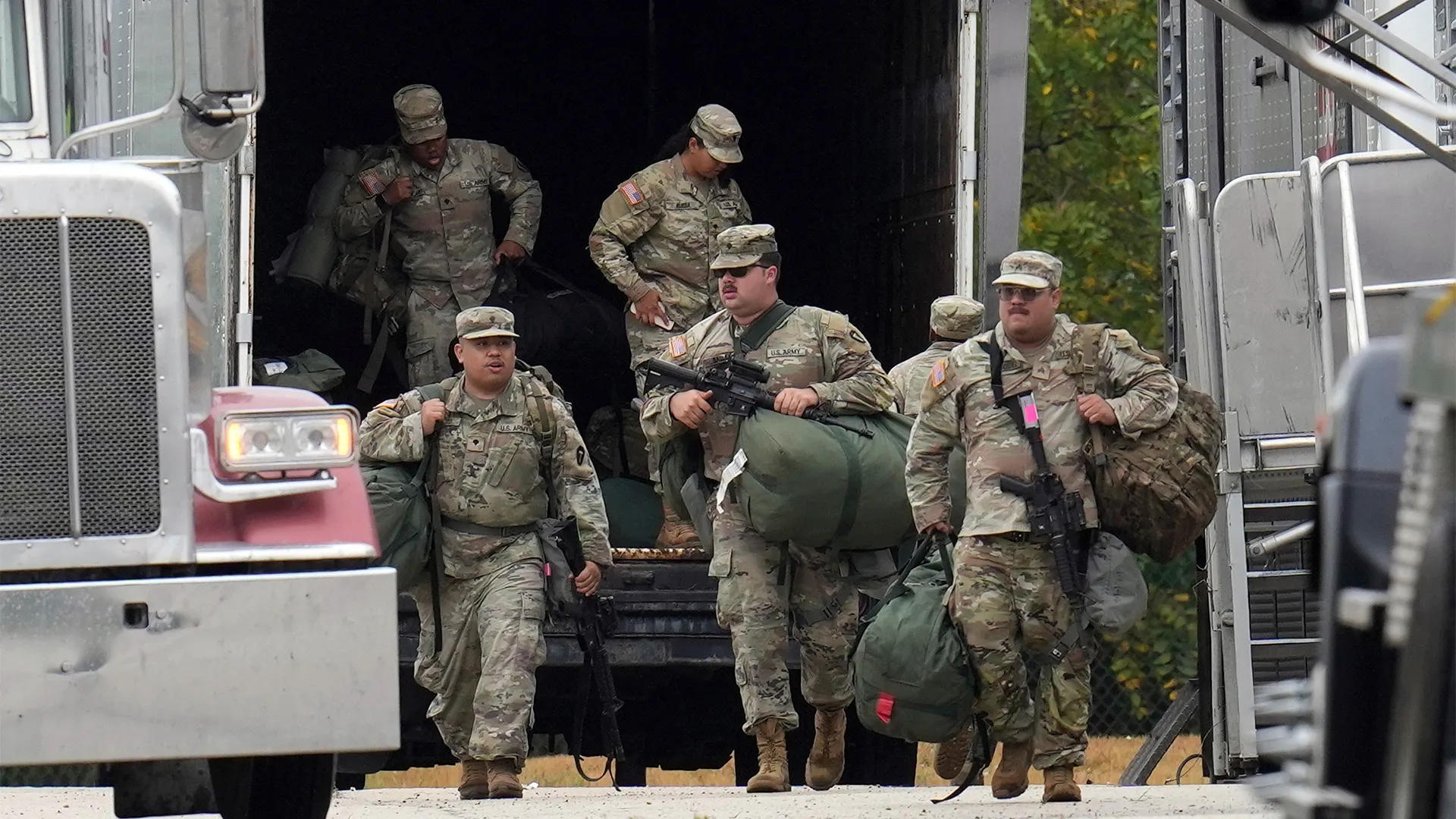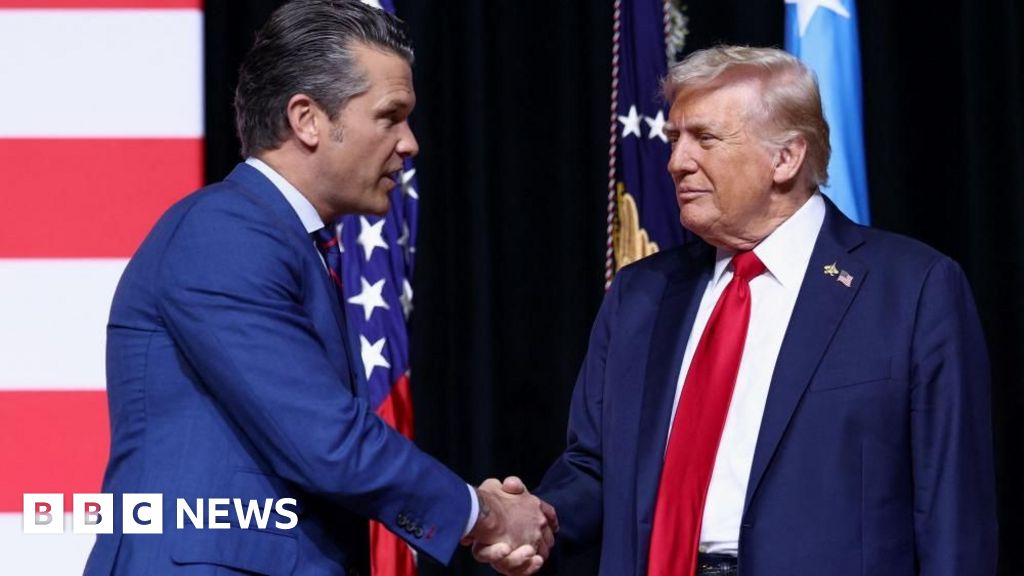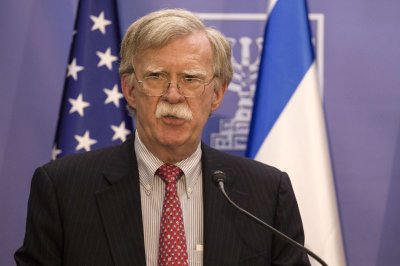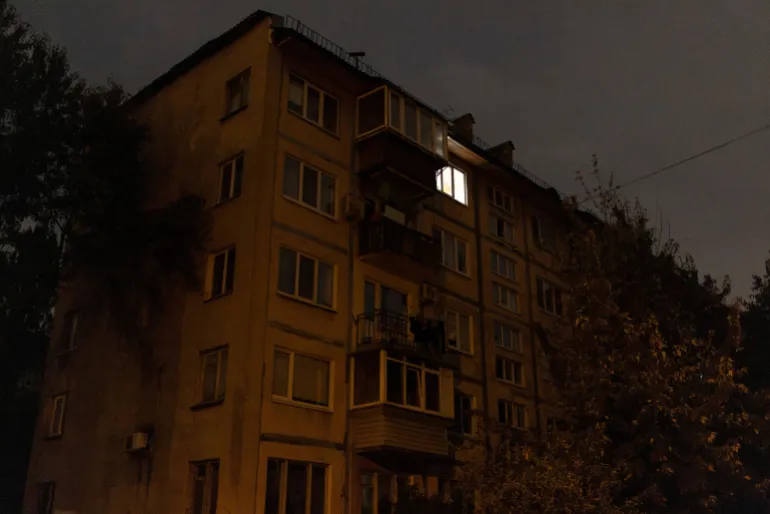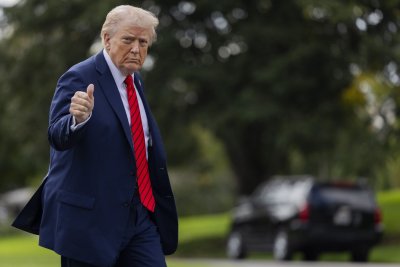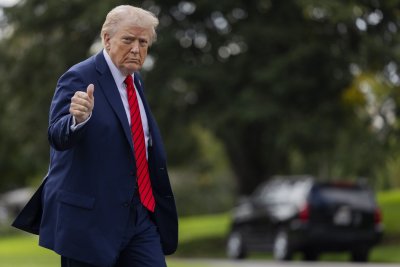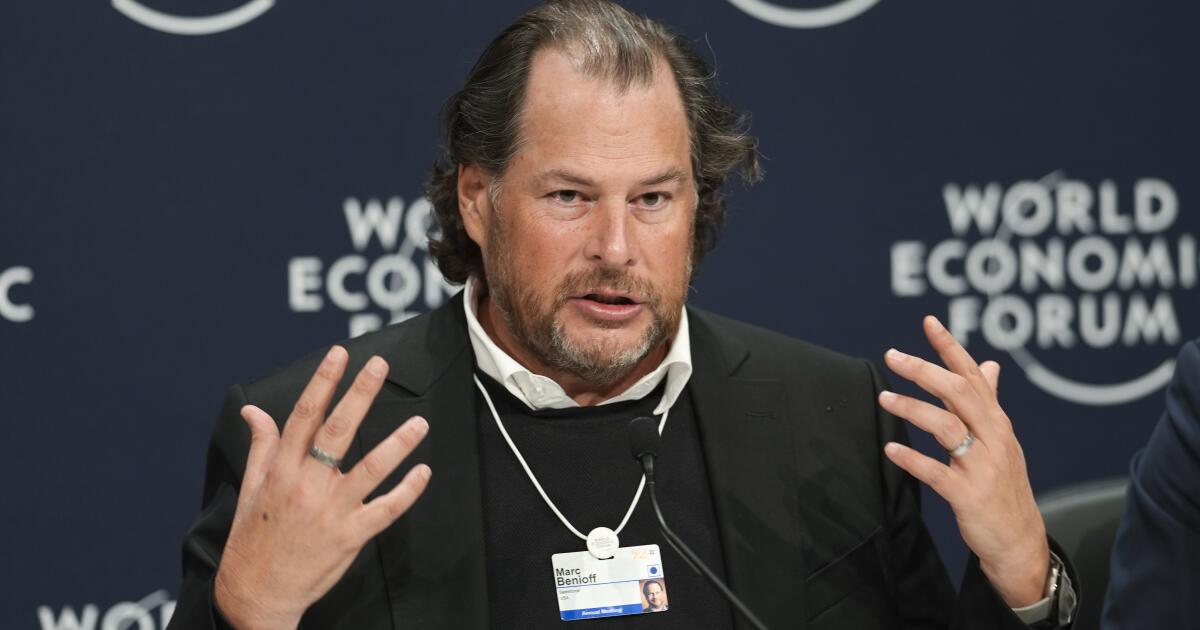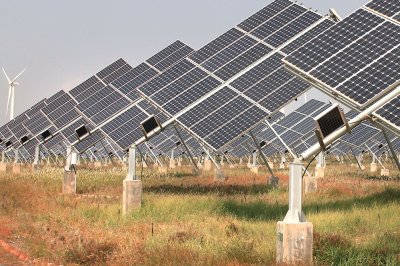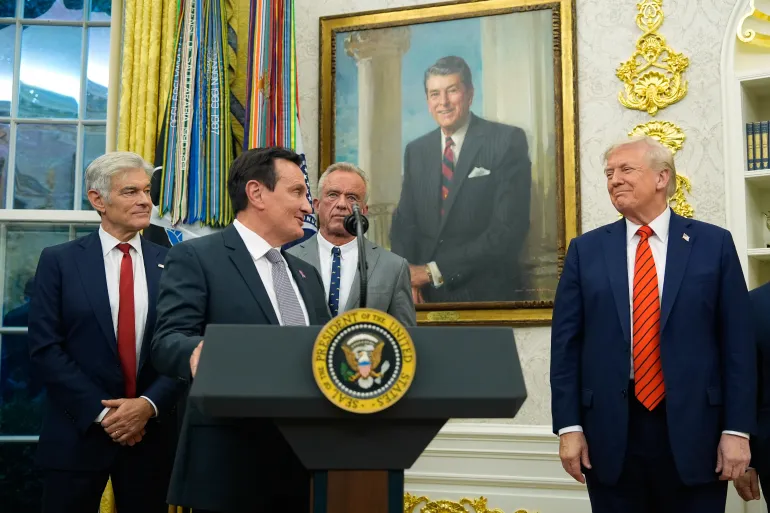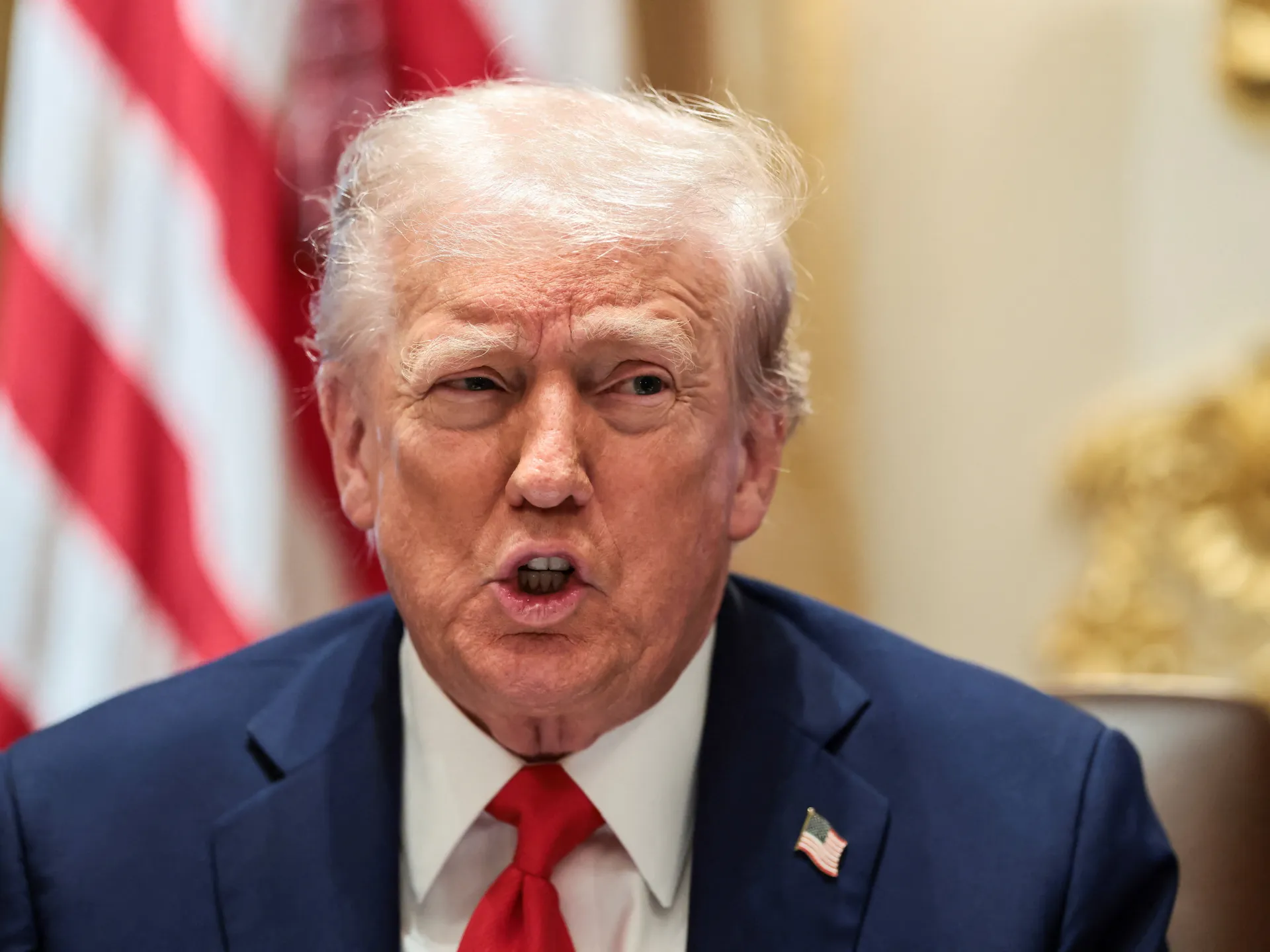Good morning, and welcome to L.A. on the Record — our City Hall newsletter. It’s Rebecca Ellis with an assist from Julia Wick, giving you the latest on city and county government.
Los Angeles County’s Board of Supervisors met for hours in closed session with attorneys Tuesday to ponder a legal quandary about as thorny as they come.
What do you do with a $4-billion sex abuse settlement when some plaintiffs say they were paid to sue?
On one hand, the supervisors emphasized, they want victims to get the compensation they’re owed for abuse they suffered at the hands of county employees. That’s why they green-lighted the largest sex abuse settlement in U.S. history this April.
But the allegations of paid plaintiffs, surfaced by The Times last week, have also raised concerns about potential misconduct. The supervisors stated the obvious Tuesday: They do not want taxpayer money set aside for victims going to people who were never in county facilities.
“The entire process angers and sickens me,” said Supervisor Kathryn Barger, who first called for the investigation into the payout, at the meeting Tuesday. “We must ensure that nothing like this ever happens again.”
You’re reading the L.A. on the Record newsletter
A Times investigation last week found seven people who said they were paid by recruiters to sue L.A. County for sex abuse. Two of them said they were explicitly told to fabricate claims. All the people who said they were paid had lawsuits filed by Downtown LA Law Group, or DTLA, which has about 2,700 clients in the settlement.
DTLA has denied paying anyone to file a lawsuit and said no representative of the firm had been authorized to make payments. The Times could not reach any of the representatives who allegedly made the payments for comment.
“We have always worked hard to present only meritorious claims and have systems in place to help weed out false or exaggerated allegations,” the firm said in a statement.
The allegations dropped a bomb on the nearly finalized legal settlement, leaving county attorneys and plaintiffs lawyers scrambling to figure out the best path forward.
Some have called for the county to get out of the settlement half a year after announcing it. Technically, it can. The settlement agreement, reviewed by The Times, has a clause that allows the county to pull out unless all but 120 of the plaintiffs agree to the terms — a number attorneys could almost certainly surpass with more than 11,000 plaintiffs.
But the county does not appear to be relishing the thought of blowing up a settlement that took months of negotiations, countless hours in a courtroom and one can only guess how much in billable attorney hours. Many of these cases, attorneys for the county warn, could cost tens of millions in a trial. Clearing them all at once for $4 billion could, believe it or not, end up sounding like a bargain.
No decision was made Tuesday after hours in closed session. The only news out of it was the announcement that Fesia Davenport, the chief executive, would be going on medical leave for the next few months. She will be temporarily replaced by Joe Nicchitta, the office’s second-in-command.
Davenport emphasized the reasons for her absence were personal and had nothing to do with the settlement after rumors immediately swirled connecting the two.
“I am deeply disappointed that I have to address baseless allegations that my leave is somehow related to the County’s AB 218 settlement — which it is not,” she said in a statement. “I am on medical leave and expect to return to work in early 2026.”
Next Tuesday, the supervisors plan to meet again in closed session to grapple with the settlement, according to the board agenda.
In the aftermath of the investigation, some county watchdogs have called for the government to better screen the claims it’s poised to pay out.
“There was a lack of the basics,” said Eric Preven, a local government observer, who said he’s worried about the effect of unvetted lawsuits on the government. “What have we done?”
“We’re glad the supervisors are finally doing their jobs, but what took them so long?” said the Daily News editorial board.
County counsel says they’re working on it. They’ve demanded “evidentiary statements” for each victim and search for whatever documentation exists, the office said in a statement.
“But the simple truth is this: Los Angeles County is facing more than 11,000 claims, most of which are decades old, where evidence is scarce or nonexistent,” the statement read. “Survivors and taxpayers deserve a process with integrity, not one that rewards coercion, shortcuts, or abuse of the system.”
Some victims say they’re concerned the allegations of paid plaintiffs will taint the settlement and delay justice for legitimate survivors.
Tanina Evans, 47, said she spent her childhood bouncing around county-run juvenile halls and group homes. She sued the county after she said she was sexually abused multiple times, including once at Eastlake Juvenile Hall, where she says she was forced to give a staff member oral sex in the shower. When she refused, she said, the staff member had the teenagers she was incarcerated with beat her up.
She said she worries experiences like hers will now be looked at with new skepticism.
“People are so quick to justify not penalizing anyone. Are they looking for a loophole?” Evans said. “And it’s like, no, you guys know it’s real.”
State of play
— PALISADES ARREST AND FALLOUT: Federal prosecutors filed charges Wednesday in the Palisades fire, accusing Jonathan Rinderknecht, 29, of starting the initial fire on New Year’s Day that rekindled to become the devastating blaze days later. This latest revelation is fueling debate over whether the city of L.A. or the state of California can be found civilly liable for its role in the fire, our colleague Jenny Jarvie reports.
—NEW FINDINGS: With the federal investigation tied up, Mayor Karen Bass’ office released a long-awaited after-action report finding that firefighters were hampered by an ineffective process for recalling them back to work, as well as poor communication, inexperienced leadership and a lack of resources.
—2022 NEVER ENDS, SCREENTIME EDITION: Speaking at Bloomberg’s Screentime conference Wednesday, Bass characterized her former mayoral opponent and frequent critic Rick Caruso as “sad and bitter.” Earlier in the day, Caruso had put out a statement in response to the charges filed against Rinderknecht that called the Palisades fire “a failure of government on an epic level, starting with Mayor Bass.” During a separate appearance at the Screentime conference, Caruso shot back at Bass, saying anger was an appropriate response to the contents of the report. Caruso still hasn’t said whether he plans to run for mayor or governor next year, or sit out the 2026 election.
—BUT THEY WEREN’T JUST FIGHTING! A day later, Bass called on the City Council to adopt an ordinance that would help establish a one-time exemption to Measure ULA, the city’s so-called “mansion tax,” for Palisades fire-affected properties, to speed up sales and spur rebuilding and rehabilitation of the area. Bass’ office said her letter to the council followed a meeting with Caruso, who had “proposed ideas to help address this issue.”
—FAREWELL, FORKISH: LAPD public information director Jennifer Forkish resigned Thursday at the request of Chief Jim McDonnell, amid accusations from the region’s top federal prosecutor that her office was leaking information. But Forkish vehemently denied the “baseless allegation” that she had leaked anything.
—GARBAGE MONEY: City Council voted Tuesday to finalize a dramatic fee increase for residential trash collection, after giving the fee hike preliminary approval back in April. This is the first time the fees have been raised in 17 years and the city was heavily subsidizing the program, at the cost of roughly $500,000 a day.
—PAYOUT IN SPOTLIGHT: The Board of Supervisors voted Tuesday to launch an investigation into possible misconduct by “legal representatives” involved in sex abuse litigation. The county auditor’s office also will set up a hotline dedicated to tips from the public related to the lawsuits.
— MUSICAL CHAIRS: Former FBI agent Erroll Southers plans to step down from the L.A. Police Commission, my colleague Libor Jany reported Friday. Southers has been a member of the panel since 2023, when Bass picked him to serve out the term of a departing commissioner. His appointment to a full five-year term was supposed to come before the City Council a few weeks ago, but instead the council continued the matter — setting off a bizarre bureaucratic chain of events that led to Southers essentially being confirmed by default due to city rules and the council’s inaction (too complicated to fully summarize here, but Libor explained it all in his story at the time).
QUICK HITS
- Where is Inside Safe? Bass’ initiative addressed an encampment on Lincoln Boulevard in Westchester, in partnership with Councilmember Traci Park’s office.
- On the docket next week: The board will vote on a state of emergency over recent federal immigration actions to provide the supervisors with more power to assist those affected by the flood of deportations. And, over in City Hall, the council’s public safety committee will consider the mayor’s appointment of Jeffrey Skobin to the police commission on Wednesday.
Stay in touch
That’s it for this week! Send your questions, comments and gossip to [email protected]. Did a friend forward you this email? Sign up here to get it in your inbox every Saturday morning.


